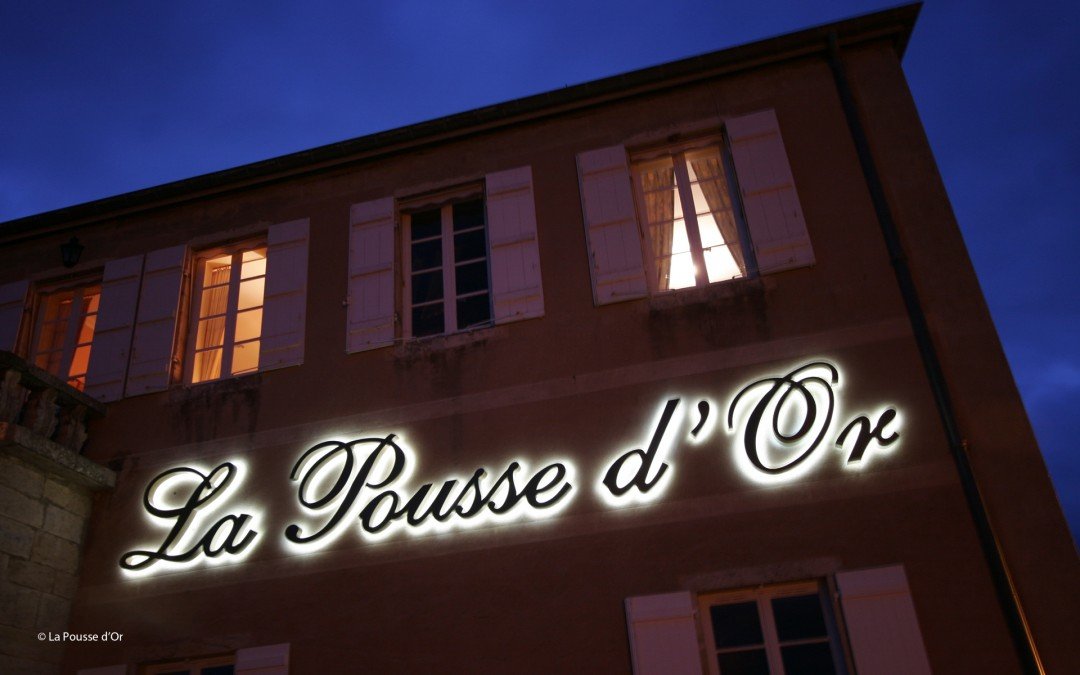
Domaine de la Pousse d’Or has for decades been the collector’s choice for expressive and memorable wines from Burgundy’s most hallowed terroirs. This historic estate is one of the Burgundian elite, in a similar realm of such exclusive wineries like Romanée-Conti and Comte de Vogüé, with its strict selection and seamless winemaking.
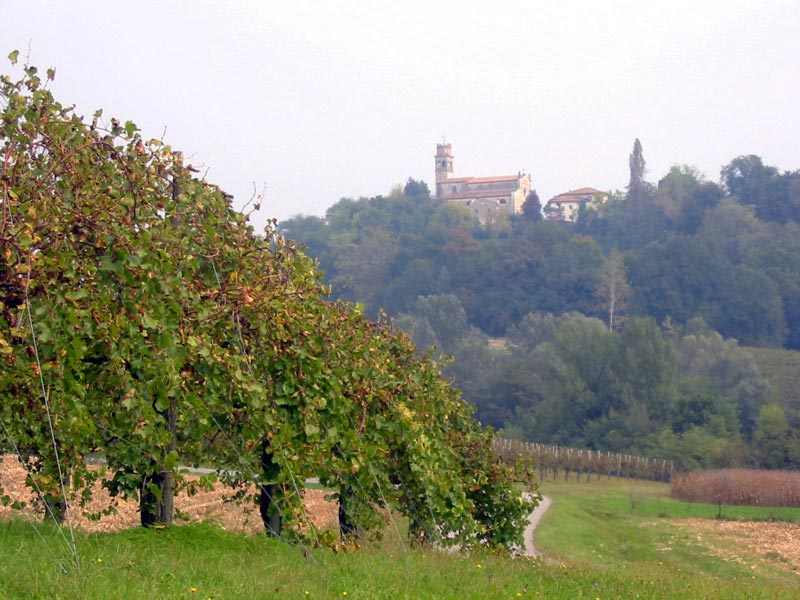
Azienda Agricola Ca’Vittoria is a small Prosecco estate that has earned its spot at the top of Italy’s finest, with its mountain vineyards, estate-grown grapes and peerless quality in each bottle. All hand-harvested grapes used to craft Ca’Vittoria Prosecco are estate grown—a unique situation that few other Prosecco estates can match.
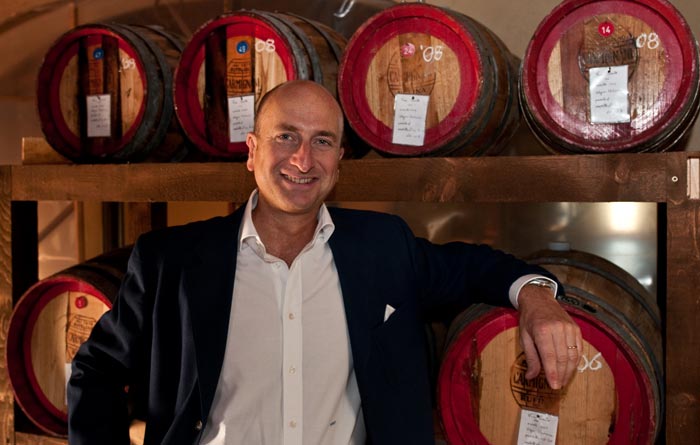
The history of the Ricasoli-Firidolfi family in Tuscany is a rich tapestry of kings and statesmen, its fabric woven together with the vine. For more than 37 generations, this ancient family has cultivated grapes and crafted wines in Monti in Chianti, the “very best area” of Chianti Classico, according to Antonio Galloni.
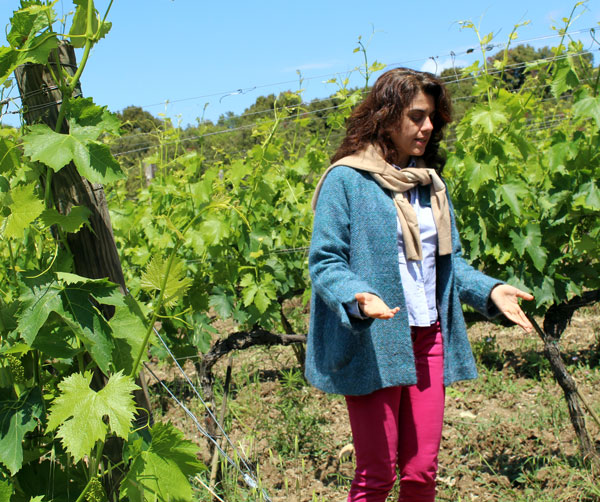
Oftentimes discovering one’s true calling requires a leap of faith. Stella di Campalto found hers in an abandoned farm and winery in Montalcino, land that she restored to vibrant life with her own hands.
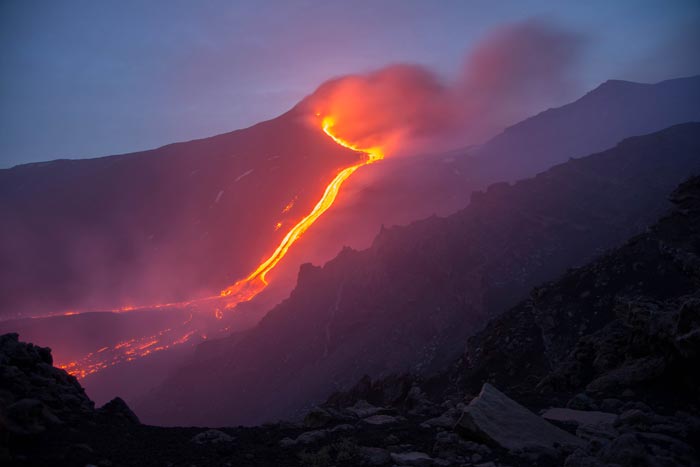
For more than 100 years, the Scammacca del Murgo family has cultivated vines and olives under the fiery gaze of Mount Etna in Sicily. More than once this active volcano has destroyed vineyard plots and covered their family home under ash—events that would rattle the nerves of even the most daredevil winemakers. Yet for the Scammacca del Murgo clan, it’s just the price one pays for the privilege of growing vines in one of the more dynamic and breathtaking wine regions on earth.
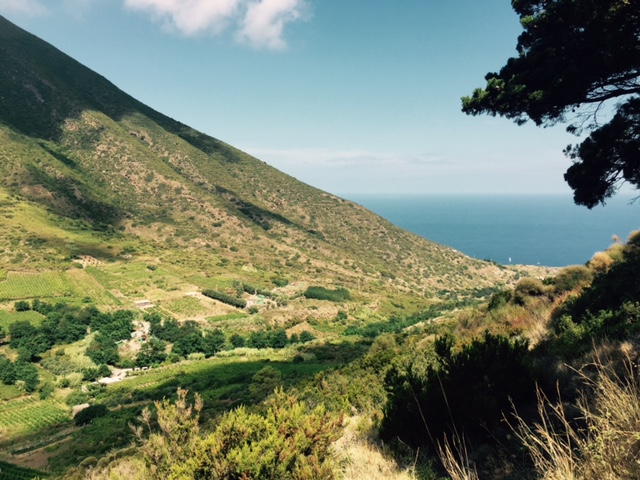
The history of artisanal winemaking in the Aeolian Islands off the coast of Sicily essentially begins with five Spanish families, one of which is Caravaglio. These noble pioneers were invited to travel to these wild, volcanic islands in the early 1500s to develop agriculture. Thus for more than 500 years, the Caravaglios have cultivated wine grapes on Salina and Lipari, establishing early on the traditions and practices that would be followed for generations.
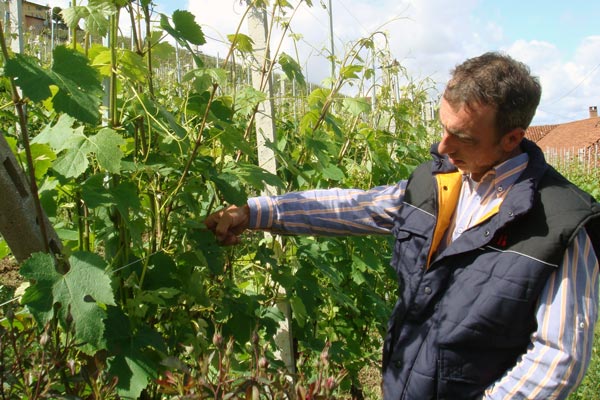
Hand-crafted from field to bottle, craft shared as tradition from generation to generation—this is what makes Barbaresco from Azienda Agricola Ronchi so special. Winemaker Giancarlo Rocca and three generations of the Rocca clan live in a house built by the family, surrounded by ‘Ronchi’ cru vines.
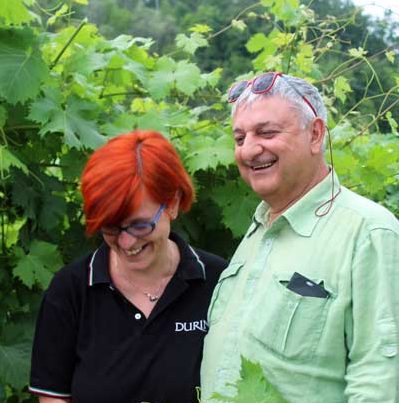
Four generations of the Basso family have lived and worked in these mountains above the Mediterranean sea, struggling with the elements to care for older vines grown in garden-sized plots more suitable for gnomes. Liguria’s vibrant patchwork of vines, fruit trees and wild scrub has one particular star: Pigato.

With its vineyards in the shadows of the towering Dolomites, Friuli is the true home of the Glera grape and therefore the source of the most aromatic, vinous, elegant and true Prosecco wines. For more than three generations, the Fantinel family of Azienda Agricola Zuccolo has championed Glera on its native soils and cultivated vines from family-owned mountain vineyards, harvested by hand.
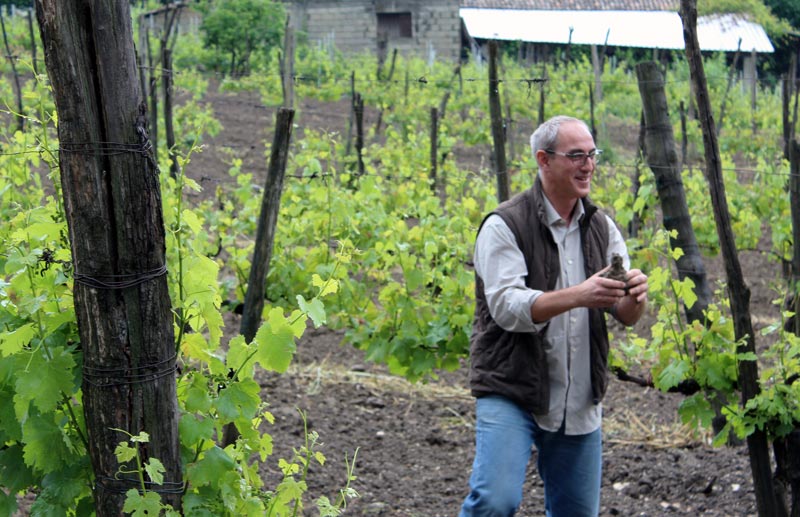
Since the end of the nineteenth century, the Troisi family has championed the wines of Irpina, a historic vine-growing region in central Italy. Winemaker Raffaele Troisi’s father Antonio, in the 1980s, was one of the first growers to bottle a single-variety Fiano wine. The family’s very high-altitude vineyards and the region’s volcanic soils combine for single-variety wines of impeccable finesse.









